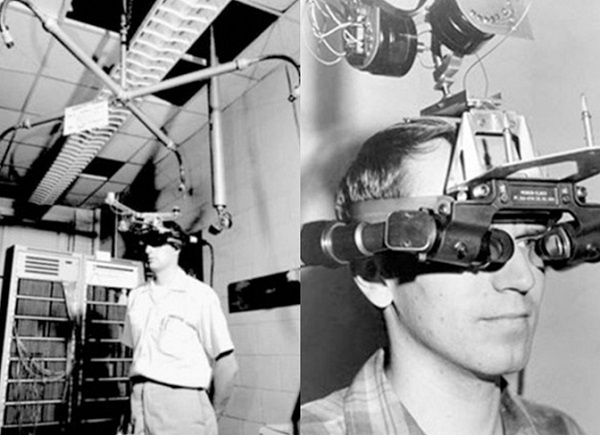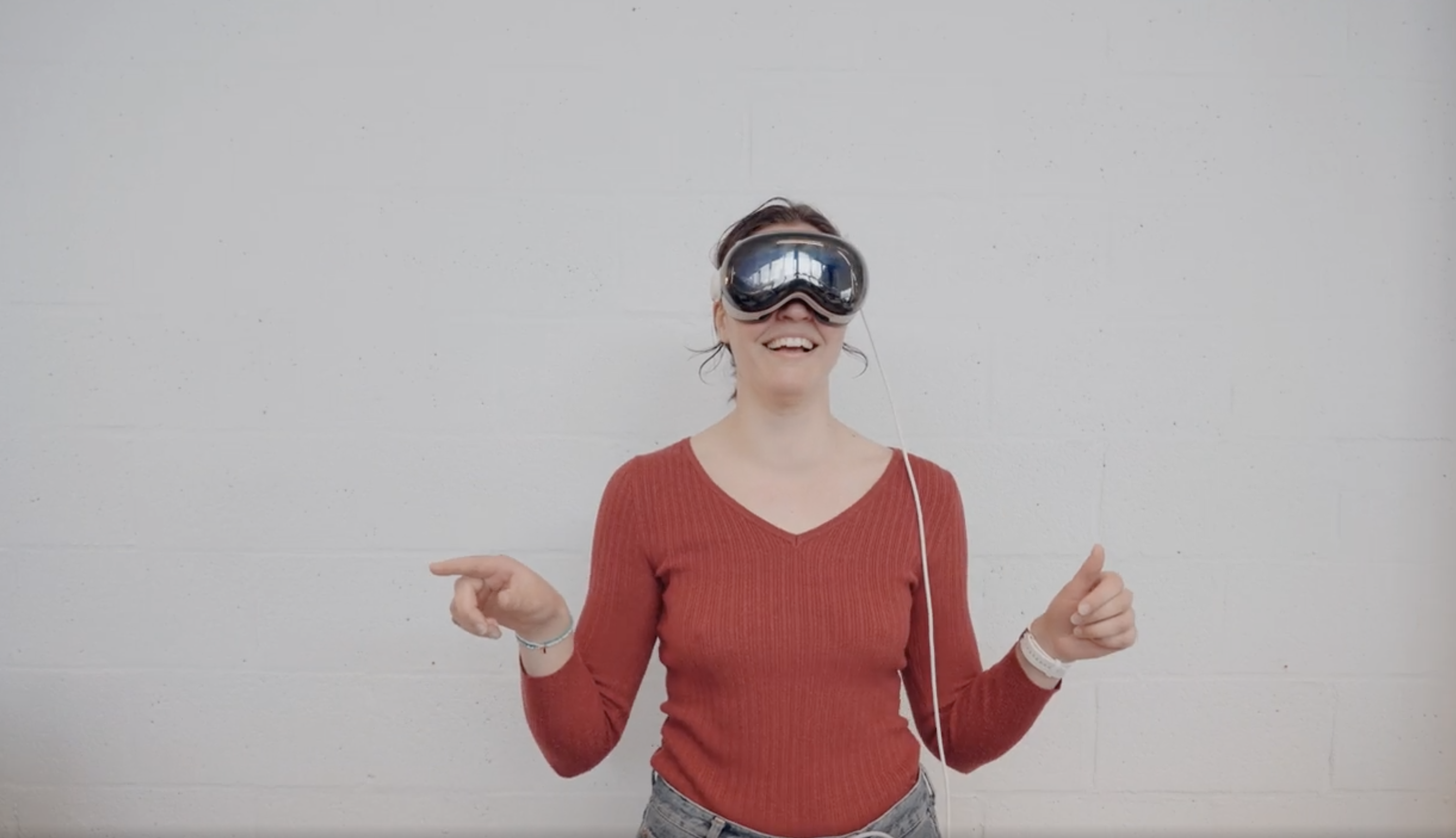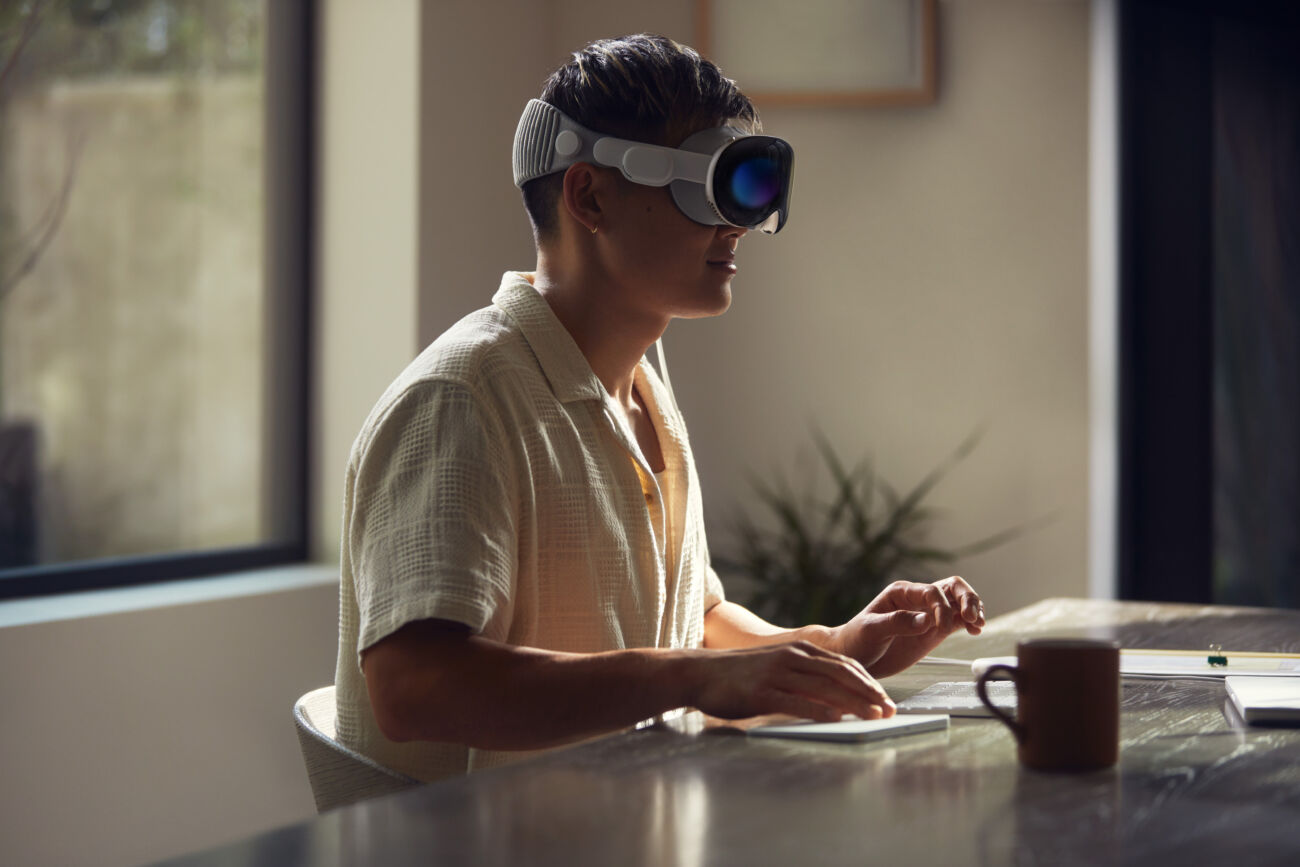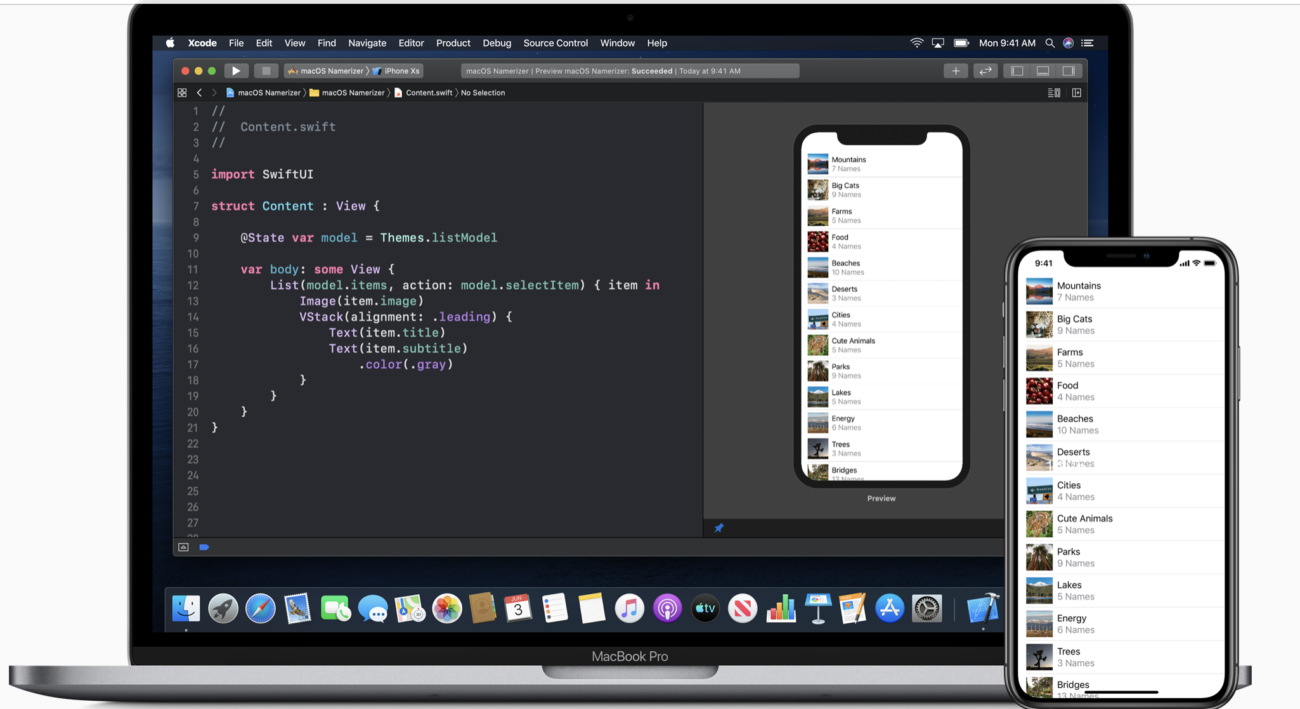Virtual Reality glasses have captivated audiences since the early 21st century. However, did you know that the first VR glasses were invented much earlier, in 1968? This pioneering prototype was invented by a computer scientist and his student. Even though the first VR headset, known as the Sword of Damocles, was never commercialized, it paved the way for today’s devices like the Apple Vision Pro. The device was so heavy it had to be suspended from a ceiling, making the Vision Pro’s weight seem insignificant in comparison… This evolution from an impractical prototype to a sleek, wearable device shows the remarkable technical advancements that have brought us to the current era of Virtual and Augmented reality.

Since the release of the Oculus, VR headsets have gained considerable commercial traction. Naturally, Apple hopped onto this hype train of VR and AR. However, unlike the first iPhone, Apple is not the pioneer of VR/AR headsets. So, what makes the Vision Pro stand out?
It is truly special
Until now, VR headsets have been divided into two categories: gaming devices and industrial devices used for applications like training employees through simulations, for example, in hospitals. The Apple Vision Pro stands out in the fact that it’s the first XR headset that is designed for everyday use. You take off the gaming headsets when you’re done gaming or training, but the Vision Pro is designed for you to use whilst working, cooking, or watching a show in the evening to relax. While it isn’t the first XR device, it is the first of its kind.
Areas where the Vision Pro excels
Besides being the first of its kind, the Vision Pro truly excels in several aspects. For instance, the ability to see multiple tabs on the screen is executed remarkably well. While it may sound like a simple feature, you have to experience it to fully appreciate it.
Another stand-out feature is its cameras. There are 12 (?!) built-in cameras, each with a different function from gesture recognition to precise eye tracking. This system sets a new standard for immersive experiences of AR devices.

Room for improvement
It is important to recognize that this is the first iteration, and while Apple added noteworthy features, there is room for improvement. Although targeted at consumers, it is not very accessible to the general public due to its high price, making many unable to afford a Vision Pro. Additionally, the size and weight of the device could be optimized further. Lastly, there are not many unique applications available; the iPad offers similar apps at a lower price point. While Apple is encouraging developers to create apps for the Vision Pro, many interesting features remain unavailable for developers which limits the creativity to produce something groundbreaking.
Technical insights through Proof-of-Concepts
Years ago, when icapps was still a little sprout, we worked on our very first iPhone application, the Solo Open Kitchen app. It was only logical to convert this iPhone app into our first Vision Pro app! This new version included features such as a recipe list, timer, and detailed instructions all in one place. But we didn’t stop there, we also created a darts app (we are icapps, after all). Using gesture tracking, users can place a virtual dartboard in the real world, complete with a scoreboard. This hands-on experience allowed us to seek the limitations of the Vision Pro to better understand how we can apply this device in reality and what it could mean for our clients.
Nonetheless, the Apple Vision Pro represents a significant leap in the world of VR and AR. Its all-day design sets it apart from previous devices, making it an exciting prospect for both consumers and developers. As Apple continues to refine its features and design, the possibilities for applications will only grow.

